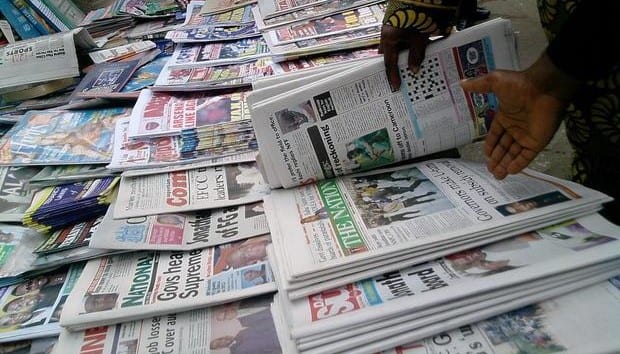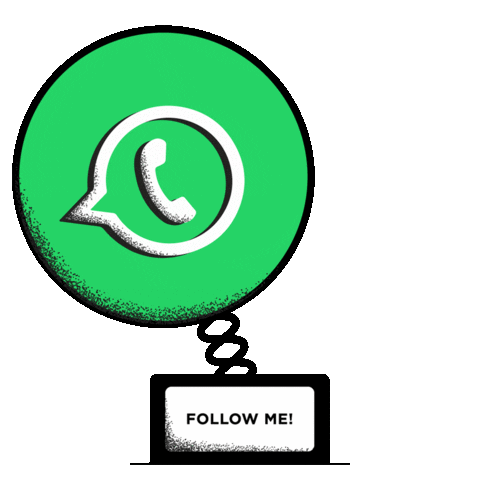

Two decades of Simon Kuper’s pioneer move
This week 26 years ago, I started office life. Wearing a cheap suit and awkwardly knotted tie, I clicked through the security gate at One Southwark Bridge, London, the FT’s office from 1989 to 2019 — and a sick building if ever I saw one. At about 5pm that first day, the full horror of the office-worker’s existence dawned on me. School had done its job of preparing me for the regimented daily tedium.
But at least school generally ended mid-afternoon. In the office, long after the January night had fallen, my new colleagues kept bashing away at their computers in a room where the windows didn’t even open. Careers spent seated under fluorescent lights had denatured their bodies and skins. One day, I realised, I would be them. I’m not big on Wordsworth, but I remembered the lines that John Mortimer’s fictional barrister Rumpole was always quoting: Shades of the prison-house begin to close Upon the growing Boy I made my escape from the office early, and have worked from home for 22 years now. I only hope the pandemic permanently liberates others from these inhuman places. Leaf through this issue and you’ll see some of the things that office-workers leave behind each morning.
READ ALSOIjaw youths flay Akpabio over NDDC broad inauguration remark
The family snaps on the edges of Endia Beal’s portraits are vestiges of what Orwell satirically called “ownlife”: the suspect private sphere. Jessica Bernard’s pictures of absurd “team-building” games stand for the lost world of play. Hiroshi Okamoto captures the monkey suits that drain office-workers’ individuality. In Alex Prager’s renderings of “holiday parties”, the Gothic figures with rictus grins look straight out of a horror movie. Saskia Groneberg’s sad office pot plants are faint signals from distant nature.
All offices are versions of each other, whether they produce invoices, architectural drawings or newspaper articles. I recognise most of the horrors in these pictures, and remember others. Proper food — scarce anyway in mid-1990s London — didn’t exist at Southwark Bridge. The canteen specialised in British-East German fusion cuisine. Some people spent lunchtimes at their desks eating plastic bags, which on closer inspection turned out to be sandwiches. In a tiny act of rebellion, a few like-minded souls and I would go out to a local coffee shop that was known as “Toilet Harpers” because it occupied a converted former public toilet.
My colleagues were mostly good company. Say what you will about journalists, but because the nature of the job is getting information from other people, they tend to be sociable types and good listeners. The profession also has a decent male-female balance, except at the top. But I came to realise that my older colleagues had been institutionalised by office life, sometimes over the course of 40 years.
They no longer even expected to see natural light on workdays half the year, except on their morning walk from home to Tube. Like lifers in jail, they couldn’t quite cope in the outside world any more. Some only saw their children briefly at night, if that. They had lost contact with old friends because, even on weekends, commute plus work left them too drained to leave their neighbourhoods. Instead, they had shifted their emotional existence to the office. As in any workplace, people who had worked together for decades took care of each other. One colleague told me she’d gone to confide in the workaholic managing editor about a personal disaster that required her to take time off. “You won’t tell anyone, will you?” she asked him.
He said, “If you only knew half the things people tell me in this room.” The FT’s editorials in those days were pretty Thatcherite, but the workplace was soft-hearted. A burnt-out case who could no longer write was given a job ferrying messages between desks. When a team of expensive consultants performed a time-and-motion study of our work processes and recommended sacking him, the staff rebelled. The flipside of closeness was excessive socialising. People felt they had to be there till 7pm anyway, so in those pre-online days (Southwark Bridge only got internet in about 1998) they might as well pass the time chatting. The challenge was to slack off without the bosses noticing. I hit on a trick that worked best for white men: leave a suit jacket draped permanently over my empty chair, so that whenever a boss walked by, generally a fellow white man of similar educational background, he’d think, “Ah, Kuper, good chap, working all hours.”
Meanwhile, I worried that I would never escape. Most of my colleagues seemed to have given up hope. My friends in other offices, still not quite 30, had already begun nattering about their pensions. I told a colleague who actually covered pensions of my ambition to retire at 30. “Not a chance, mate,” he said. One day, I saw a man in his sixties limping through the City with his briefcase and thought, with horror: that could be me.
In summer 1998 I went to tell the FT’s editor that I was resigning. He did his best to conceal his delight. I said I was going to freelance, writing a column for The Observer newspaper. “That’s a leaky ship,” he frowned. The Observer was founded in 1791, but life-long office-workers tend to be risk-averse. Leaving the building, I felt as if I was handing in my junior membership card of the Establishment.
But it turned out that even in 1998, all the technology for homeworking already existed: the internet, the telephone and the Tube for those occasional visits to offices. I no longer wasted hours a day commuting or chatting. I’d made sure to leave the FT on good terms, so I continued to sell it the odd article. I soon realised that it wasn’t the work that had got me down; it was the workplace. Popping into Southwark Bridge months after resigning, I passed a former colleague on the stairs. She glanced at me with half-recognition, stopped, scrutinised me and said: “You look healthier.” That’s because on sunny days I worked from a deckchair in Regent’s Park. I discovered over time that my three years at Southwark Bridge paid off. Because I’d spent endless hours with people at the FT and knew the corporate culture, a quick email was usually enough to ascertain whether they’d take an article. Later the FT gave me a column. When I realised I could write it from almost anywhere, I bought a flat in Paris. I suspect the FT didn’t even notice I’d moved until years later. After I acquired a family, that flat became my workplace. It’s where I wrote this article. Quite accidentally, I had anticipated a sequence that may now become common: spend your first couple of working years in the office getting acculturated, then gradually detach until finally you’re living more comfortably and cheaply 300 miles away. Then the big city becomes an occasional meeting-place and playground, instead of an overburdened human supply chain for 1980s offices. My commute is now a 12-minute bike ride. I no longer wear suits. In fact, I’ve spent much of this longest winter sitting at my desk in a woolly hat. When I want to talk to someone, I decide who it is, so I no longer have to listen to Joe from Graphics talk me through last night’s Chelsea game while my will to live fades. When I do have to dress up or see colleagues, it feels like a thrilling adventure. Early in the pandemic, about 80 per cent of employees reported that they liked working from home, according to research by McKinsey. I hope they can keep doing it forever.
The post Life of a present day journalist appeared first on Vanguard News.





















0 Comments
Advertise your business here at cheap rate and get large audience to your market. Call/Msg Teemikemedia: 07060733664 to get started.